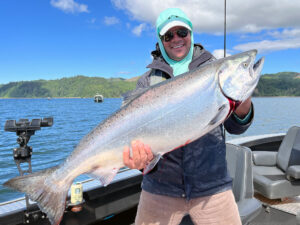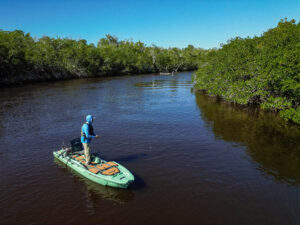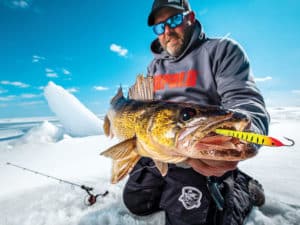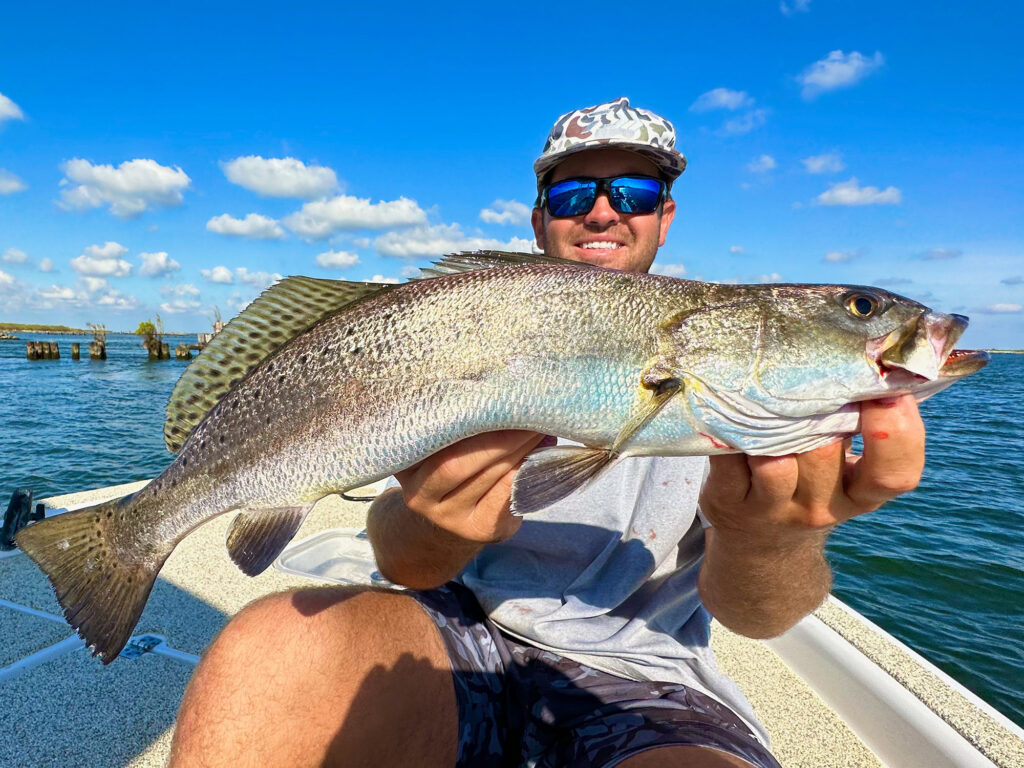
The word ‘relief’ has multiple definitions that seemingly have nothing to do with each other, and the most peculiar is “a difference in height from the surrounding terrain.” South Louisiana has no such relief. It’s as flat as Bangladesh, with the only difference in geographical height being the human-made levees that parallel the Mississippi River on either side, preventing it from spilling over its banks during spring floods, inundating homes and bankrupting insurance companies.
Saltwater Creeps Up the Mississippi to New Orleans
Because the region is so flat, the water in the Mississippi doesn’t actually fall into the Gulf of Mexico. It must be pushed with force from water upstream that is in fact impacted by the forces of gravity. But autumn is typically dry across much of the continent, and that means there ain’t a whole lot of water reaching the river — at least in relative terms — and most years, it’s not enough to hold the Gulf at bay.
At the river’s Bird’s Foot Delta, green, salty water takes advantage of the weakness, shoving its way as far upriver as New Orleans, some years even threatening the potability of the city’s drinking water. With that salty surge comes fish that aren’t generally associated with rivers — redfish, flounder and a whole lot of speckled trout — and best of all, because the banks of the river are armored, turbidity is never a problem. The river and its passes stay pristine, with visibility typically measured in feet, even after big blows associated with autumn cold fronts.
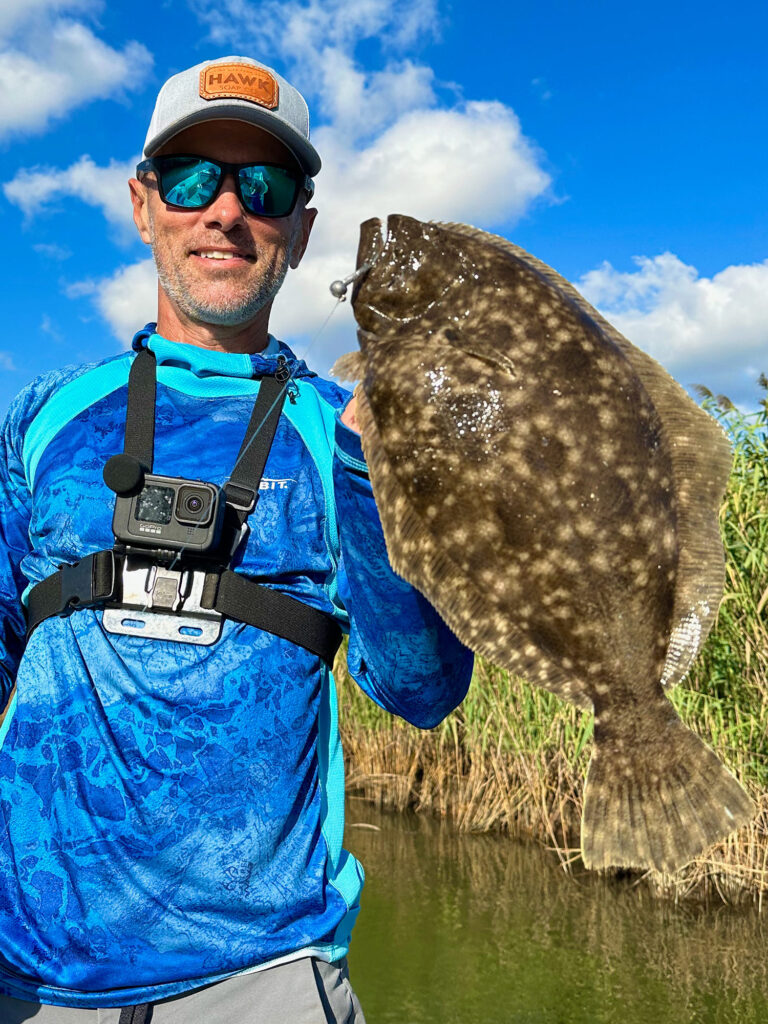
The river typically begins its annual descent some time in the summer, and by September, is below the 5-foot mark at New Orleans’ Carrollton gauge. That allows the passes and the river itself downstream of the Plaquemines Parish town of Buras to absolutely load up with redfish that move in to feast on estuarine bait stocks that spent most of the year growing in the nutrient-rich water, completely shielded from such predators.
Flounder also take root at points, drains and along edge walls in numbers that frequently defy belief. The species is typically an incidental catch for South Louisiana anglers, but in the autumn months at the mouth of the river, they are often targeted.
Louisiana Speckled Trout Fishing in Fall
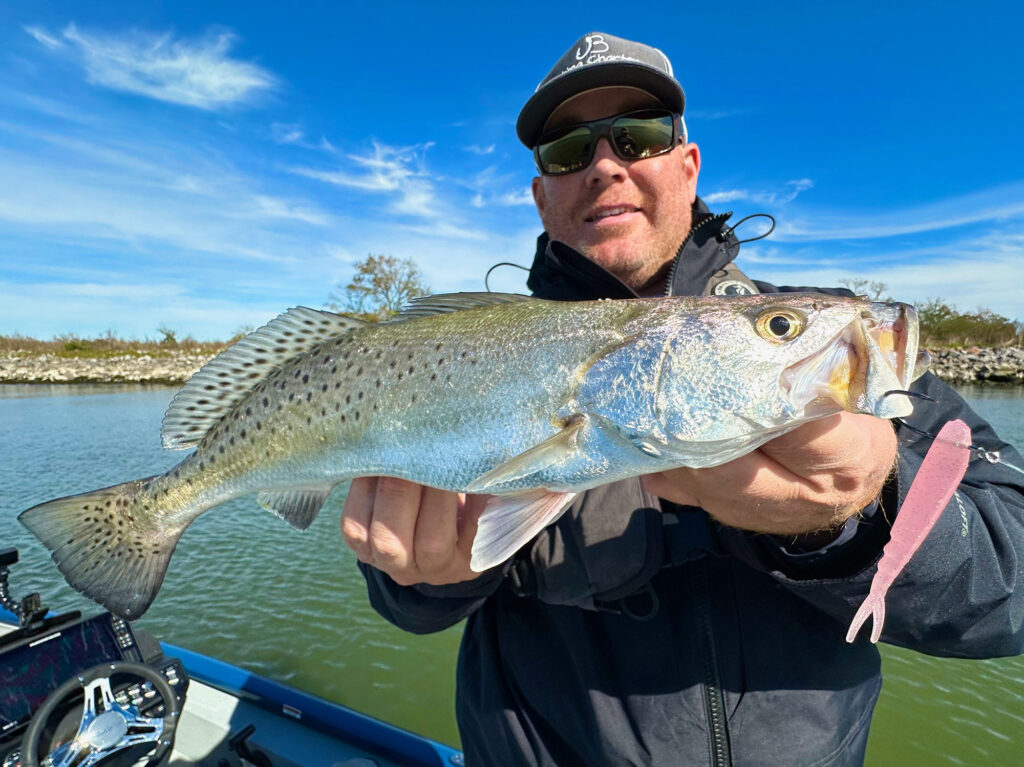
In September and most of October, reds and flounder are the stars of the show, but annually in low river years, speckled trout join them right around the time kids are picking out their Halloween costumes. The specks set up along deep ledge walls in high-current areas, and ignore their bursting bellies to stuff their faces without ceasing. Though the techniques for targeting them can be unique, they’re the easiest fish in the world to get to bite.
Regular anglers often cast double-rigged 3/8-ounce jigheads teamed with soft-plastic paddle tails, sometimes having to level up to 1/2-ounce heads when currents are particularly swift. Double hookups are common, and the fish are often the biggest specks anglers will catch all year, measuring 25 inches and weighing up to 5 pounds.
A Hot Seatrout Bite in the Mississippi River
Last November, fishing buddy Justin Bowles and I hit a ledge in the river itself near the popular port of Venice, and found action that could not possibly have been better. We cast downcurrent, and worked our baits up a ledge that clearly held a school of specks that numbered in the hundreds if not thousands.
I went with the double-rig setup, while Bowles opted for a drop-shot rig anchored by a 1-ounce bell sinker. As soon as our baits reached bottom, bites were almost instantaneous. We were, at most, five minutes from Venice, and it remained in our view the entire trip. The water beneath our feet was green, clean and pristine. In the autumn war between Gulf and river, the Gulf had clearly won every battle.

